Research
90% of what we currently know about spinal cord injury has been discovered in the last 20 years.
Research is the key.
We have reason to believe that the next 20 years will hold even more pivotal advancements for people living with spinal cord injury.
The CSRO is uniquely positioned to be up-to-date on all of the latest clinical trials, research news, and advocacy updates and we want to keep you informed as well so that you can make informed choices about where and how to be involved in advocacy for SCI research.
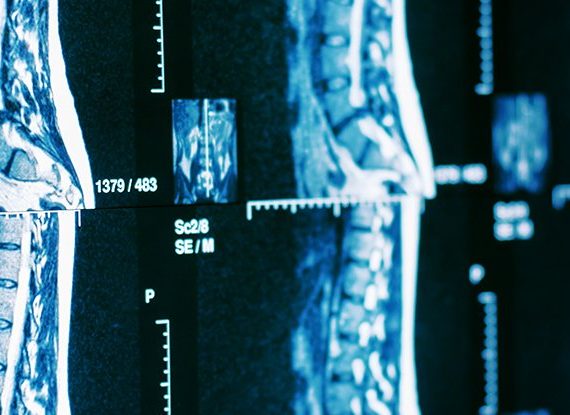
Currently Funded Clinical Trials
Up-Lift Study of Non-Invasive ARC Therapy for Spinal Cord Injury
- Must have a chronic (> 1year) non-progressive cervical spinal cord injury (from C2-C8 inclusive; AIS B, C, or D)
- Must be between 22-75 years of age
- Must be on stable spasticity and pain medications
- Able to participate in training and assessment sessions for the duration of the study
- Arm and Hand Therapy: 12-20 sessions of Functional Task Practice (2 months)
- Arm and Hand Therapy with NESS Therapy: 12-20 sessions of Functional Task
- Assessments: Evaluations include upper arm functionality and strength tests and some additional assessments impacting patient quality of life and long-term consequences of SCI such as outcomes related to pain, spasticity, quality of life, sleep, and
- bladder/bowel/ sexual function (once a month)
- Study location: Lyndhurst Centre, 520 Sutherland Drive, Toronto, ON, M4G 3V9
- Reimbursement for your time and travel expenses will be provided
Email: gita.gholamrezaei@uhn.ca or by phone at 416-597-3422 Ext.6340
Sharmini Atputharaj
Email: Sharmini.Atputharaj@uhn.ca or by phone at 416-597-3422 Ext.6119
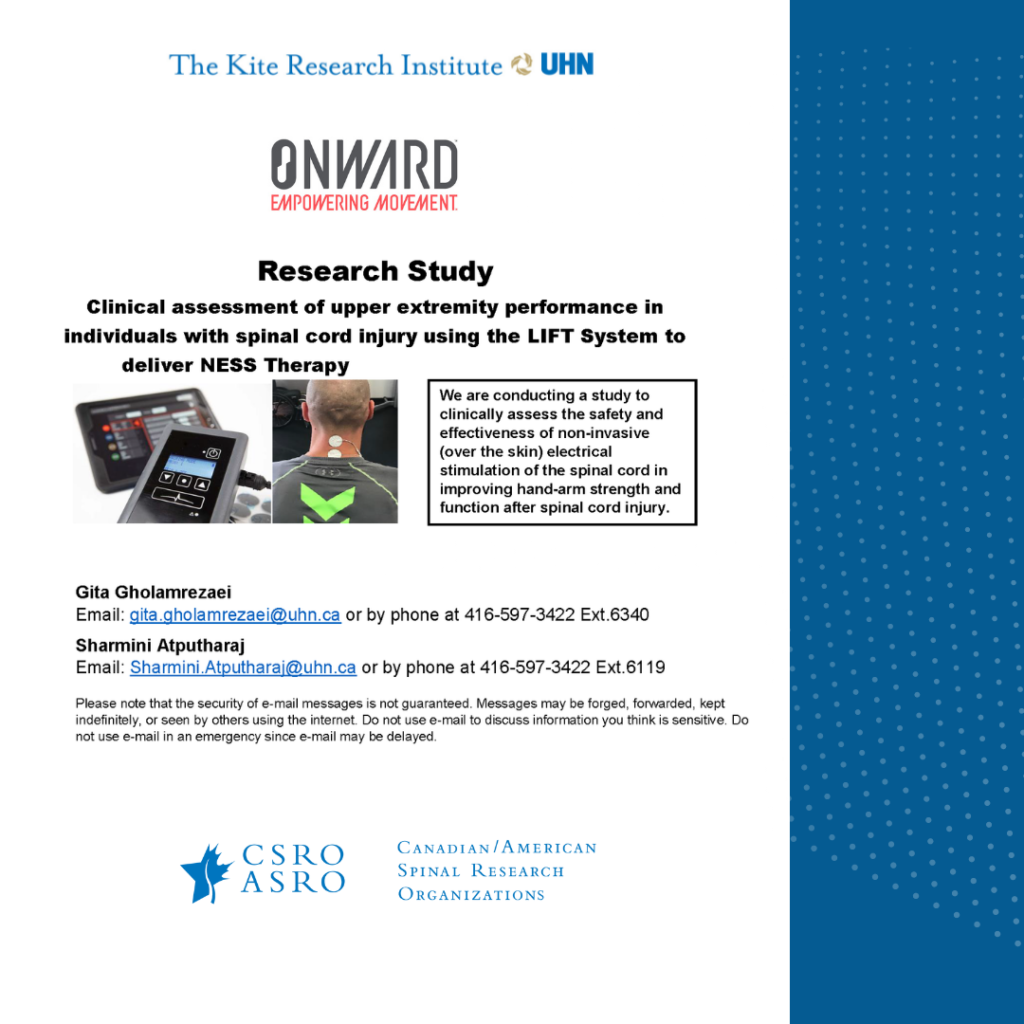
RESTORE Network Research Study - Calgary, AB
What it is
Epidural stimulation describes a process where electrical current is applied to the spinal cord. Stimulation is applied through a small implant that is placed over the dura (protective layer around the spinal cord). For people with spinal cord injury, stimulation is applied below the level of injury. The intervention is typically a 45-minute outpatient procedure (statement by Neurosurgeon Dr. Darrow, U Minnesota). To date, stimulation has resulted in a wide array of benefits. For example, we recently published work showing that stimulation allowed volitional motor function below the level of injury for people with clinically-complete injuries of more than 5-10 years. This was achieved without rehabilitation and occurred the first time we turned stimulation on. Of course, rehabilitation is likely crucial to maximize the benefits of the stimulation. We have also observed reductions in bowel time, improved sexual function, improved lower-urinary tract function, more stable blood pressure, and increased exercise capacity.
How it works
In almost all clinically-complete injuries there are some preserved connections across the site of injury, but these connections are not functional in a normal state (i.e., dormant). By applying electrical current to the nervous system circuits within the spinal cord below the level of injury, we are able to re-awaken these dormant connections. This functional re-connection allows for the brain to recover some of the lost control over systems below the level of injury. Furthermore, the spinal cord is not simply a relay pathway (i.e., highway) transmitting information from the brain to the periphery. It also contains intricate interconnections that can process information and coordinate outputs with little input from the brain. Stimulation also helps to re-awaken these complex interconnections. Together, the awakening of dormant pathways and activation of complex interconnections with stimulation often leads to meaningful improvements in function for people with spinal cord injury. We are harnessing these concepts to provide health solutions for people with spinal cord injury.
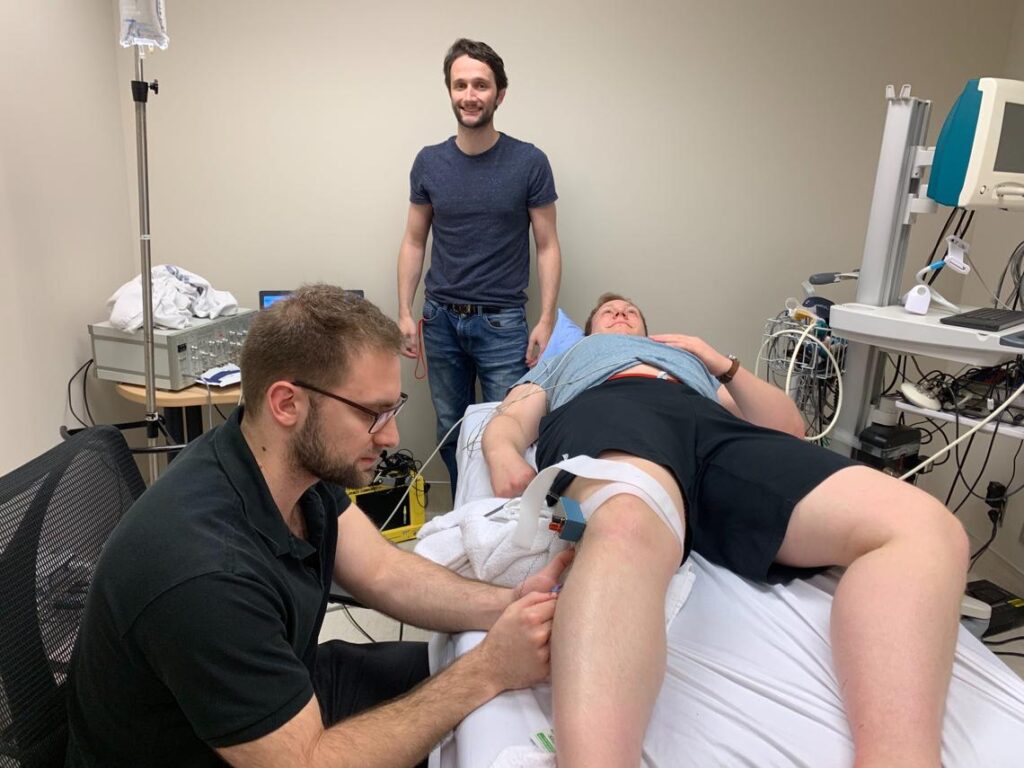

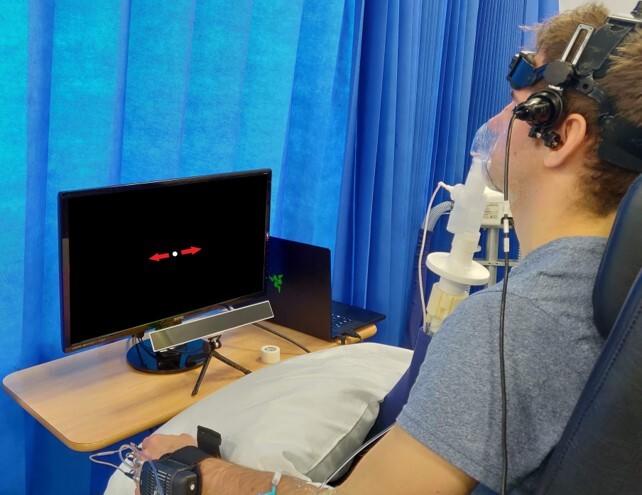
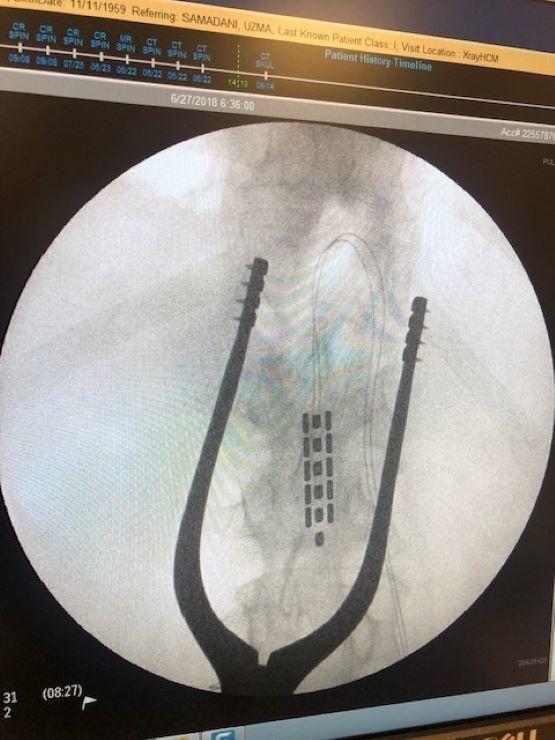
CSRO Spinal Cord Injury Research
The CSRO has assisted in the funding of a number of SCI-related trials.
Principal Investigator: Dr. James Milligan, Center for Family Medicine, Kitchener
The purpose of this study, now completed, was to examine the feasibility of clinician utilization of personal computer video conferencing (PCVC) to increase primary care clinician capacity to improve through efficient use of limited resources complex chronic care and secondary complications such as pressure ulcers, bowel and bladder dysfunction for people with SCI. Secondary outcomes include investigating SCI consumer perception of clinician capacity to improve complex chronic care.
This study has been developed with input from people living with SCI and their families, clinicians, researchers, advocacy agencies and the CFFM eHealth Centre of Excellence. The Centre for Family Medicine (CFFM) in Kitchener-Waterloo is the principal location of this study.
Principal Investigator: Dr. Kristin Musselman, Toronto Rehabilitation Institute, University Health Network
This study examined the feasibility and effectiveness of reactive step training in people with iSCI. The main objective is to determine if reactive balance training leads to greater improvements in balance reactions, scores on clinical scales, and fall rates compared with conventional walking training. This unconventional training may change current rehabilitation for iSCI by placing greater emphasis on balance and fall prevention. By improving balance and reducing falls, people with iSCI will experience fewer complications (e.g., injuries), and greater recovery of function and community participation.
Principal Investigator: Dr. Dalton Wolfe, Lawson Health Sciences Center
The Parkwood Program of Rehabilitation Innovation for Movement Enhancement (PRIME) initiative, now completed aimed to develop, test, implement and sustain an electronic clinical decision support and data management system that includes clinical protocols to guide clinical decision-making and reporting functions in the area of locomotor training for persons with spinal cord injury (SCI) and acquired brain injury (ABI).
An initial prototype incorporating features of existing protocols and locomotor training principles (e.g., optimizing sensor input, enhancing normal movement, minimizing compensation, task specificity) was developed as the basis for continued iterative, end-user directed development and feasibility testing. PRIME prototypes encompass manual and robotic over ground and treadmill-supported approaches, but further development and improvement cycles continue.
The clinical treatment and assessment procedures embedded in PRIME will enable systematic tracking of practices and related outcomes, thereby representing a practice-based research platform to serve both quality improvement and research purposes.
Principal Investigator: Dr. Neil Duggal, London Health Sciences Center
The goal of this study is to improve the quality of life for patients who undergo surgery for arthritis in the neck, which accounts for less than two percent of all hospital admissions and is the most common cause of spinal cord injury in patients older than 55 years. The study will review clinical care spanning preoperative evaluation, surgery and rehabilitation in conjunction with state-of-the-art imaging techniques to demonstrate how rehabilitative therapy has the ability to accelerate recovery of neurological function and improve quality of life in patients by triggering brain recruitment and plasticity. Using hand function as a proxy of neurological recovery, this study will carefully evaluate neurological function in two groups of patients, those receiving rehabilitation and those not receiving rehabilitation after spine surgery, and correlate patient outcomes through the application of advanced imaging.
Principal Investigator: Dr. Marquez Cesar, Toronto Rehabilitation Institute, University Health Network
This brain-controlled electrical stimulation therapy will be delivered over several weeks in addition to daily occupational therapy. In each session, participants will be asked to perform repeatedly a series of functional tasks that require hand opening, grasping an object, and releasing it. Each one of these motions will be assisted by functional electrical stimulation which in turn will be activated by a brain-computer interface capable of identifying the intention to move through analysis of electroencephalographic (EEG) activity. We will measure differences in Functional Independence Measure (FIM), Spinal Cord Independence Measure (SCIM), and Toronto Rehabilitation Institute Hand Function Test (TRI-HFT) scores between the beginning and end of the intervention, and compare its effects against conventional and functional electrical stimulation therapies.
Principal Investigator: Dr. Kirsty Boyd, Ottawa Hospital
The overall goal of this research is to determine how nerve transfer surgery can be optimized to improve upper extremity function in patients with cervical SCI. This study will lay the groundwork for future studies to compare the effectiveness of nerve transfers to traditional tendon transfer/tenodesis surgery in cervical SCI, investigate the role of combining these surgeries and assess best practices for timing of nerve transfer surgery after SCI particularly in cases of combined upper and lower motor neuron injury patterns.
Principal Investigator: Dr. Tuan Bui, University of Ottawa
Many clinical trials based upon studies on animal models have failed to improve the treatment of symptoms associated with spinal cord injury (SCI). Clearly a better understanding of how best to translate animal-based studies to the treatment of human patients would be invaluable. We propose to bridge this translational divide by using cell cultures derived from human spinal cord (SC) tissue. As we collect healthy human tissue from organ donors within 1 to 4 hours post-mortem, our team is uniquely positioned to isolate viable cells from human adult spinal tissue. By successfully generating SC cell cultures including all cell types that are important for SC function and repair, we can test and validate promising therapies that have been developed in animal models. We will demonstrate this promising approach by validating two innovative animal-based models of SCI developed across Canada.
The first approach is based upon studying the treatment of SCI using pigs. This approach has already provided many important insights into the treatment of SCI but requires a better understanding of the intrinsic differences and similarities between pig and human SCs before the next steps towards potential therapeutic treatments can occur. We will address this critical issue of cross-species translatability through the study of cell cultures derived from the SCs of both pigs and human donors.
The second is an approach named intraspinal microstimulation (ISMS) that aims to electrically stimulate SC regions that can generate weight-bearing and walking in SC injured patients. Currently, this approach has yielded promising gains, but in animal models. Before being able to safely and effectively apply this approach in human patients, we propose to create three-dimensional models of human SCs using cell cultures that will allow ISMS to be fully tested and validated.
Co-investigators: Drs. Mike Hildebrand (Carleton University), Brian Kwon (University of British Columbia), Vivian Mushahwar (University of Alberta), and Eve Tsai (Ottawa Hospital Research Institute).
Principal Investigator: Dr Cathy Craven, University Health Network, Toronto
This proposal assembles a multidisciplinary team of leading (SCI) researchers that span both basic and clinical research across Canada. The approaches will accelerate the translation of basic science into proven clinical treatments of SCI. The spinal cord injury Rehabilitation Translational Continuum Team (ReCon Team) was formed to address the major gaps between research produced in a laboratory and its clinical applications and the lack of consensus on methodologies and outcomes used in SCI rehabilitation research.
Our team is composed a unique interprovincial and international team of consumers, researchers and clinicians committed to understand how muscle, bone and the nervous system interact to influence the quality of rehabilitation and future service delivery models for individuals with SCI over the course of their lifetime.
The aim of the ReCon Team is to facilitate the development of new collaborations between consumers, leading muscle bone unit (MBU) and nervous system research scientists and rehabilitation experts to maximize the effectiveness and quality of rehabilitation interventions, functional health and well-being outcomes to improve the health and quality of life of people living with SCI.
The ReCon Team goals are to:
Develop recommendations for the use of common methodologies and outcomes (i.e. biomarkers, imaging and clinical assessments) across the translational continuum of SCI research;
Study the effects of promising rehabilitation modalities (i.e. electrical stimulation, hydro-intervention, whole-body vibration, stretching or gait training) on the muscle-bone unit and nervous system and their interactions across the rehab continuum; and
Promote development and adoption of promising rehabilitation interventions.
Achieving these goals will enable a shared understanding of the muscle-bone unit pathophysiological mechanisms and attempt to close the gap between basic research and clinical practice through a sustained dialogue and joint accountability. Successful implementation of the grant will advance research and substantively facilitate the abandonment of ineffective interventions, the optimization of existing interventions and development of new rehabilitation strategies.
Stay Connected to Research
Join our mailing list for quarterly updates on what is happening in SCI research, with up to date articles, reports and information from the research community and our partner organizations.
